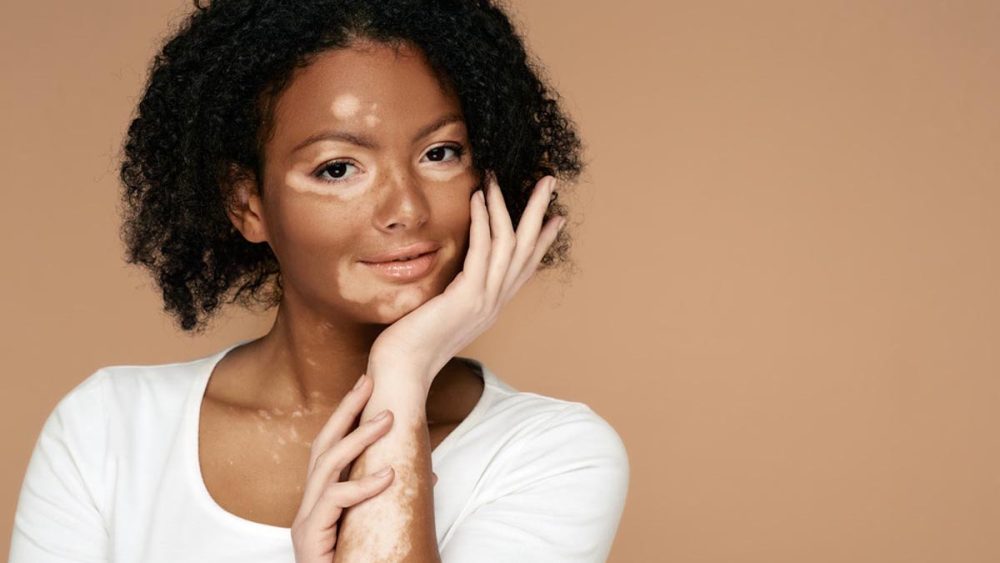
Vitiligo: Causes, Symptoms, and Treatment
Vitiligo is a skin disorder that causes loss of pigmentation, leading to white patches on the skin. It occurs when melanocytes (pigment-producing cells) stop functioning or are destroyed. This condition is not contagious or life-threatening but can affect a person’s self-esteem.
Causes of Vitiligo
🔹 Autoimmune response – The immune system mistakenly attacks melanocytes.
🔹 Genetic factors – Family history increases the risk.
🔹 Environmental triggers – Sunburn, stress, or chemical exposure may contribute.
🔹 Hormonal changes – Some cases develop after pregnancy or puberty.
🔹 Associated diseases – Linked to thyroid disorders, diabetes, and pernicious anemia.
Symptoms of Vitiligo
White patches on the skin – Commonly on the face, hands, feet, arms, and around body openings.
Loss of pigmentation in hair – Premature graying of scalp, eyelashes, eyebrows, or beard.
Change in eye color – The retina or inner eye may lose pigment.
Loss of skin color inside the mouth (mucous membranes).
Types of Vitiligo
Generalized Vitiligo – Most common; white patches appear all over the body.
Segmental Vitiligo – Affects only one side or part of the body, often in younger people.
Focal Vitiligo – Few scattered patches in a small area.
Universal Vitiligo – Rare; nearly complete loss of skin pigment.
Diagnosis of Vitiligo
Physical exam – Checking white patches on the skin.
Wood’s lamp test – Uses UV light to highlight depigmented areas.
Blood tests – To check for autoimmune diseases (thyroid, diabetes).
Skin biopsy (rare cases) – Examines the absence of melanocytes.
Treatment for Vitiligo
1. Medications & Topical Treatments
Corticosteroid creams – Helps restore pigmentation in early stages.
Calcineurin inhibitors (Tacrolimus, Pimecrolimus) – Reduces immune attack on melanocytes.
Phototherapy (UVB Light Therapy) – Stimulates pigment production.
Melanocyte-stimulating injections – In severe cases.
2. Surgical Options
Skin grafting – Transplanting healthy pigmented skin to affected areas.
Melanocyte transplantation – Culturing and implanting melanocytes in depigmented areas.
3. Lifestyle & Home Remedies
Use sunscreen – Protects skin from sunburn & prevents worsening of patches.
Eat a healthy diet – Antioxidants, vitamins (B12, C, D), and minerals help.
Manage stress – Yoga & meditation can reduce flare-ups.
Cosmetic camouflage – Makeup, self-tanners, or skin dyes can cover white patches.

